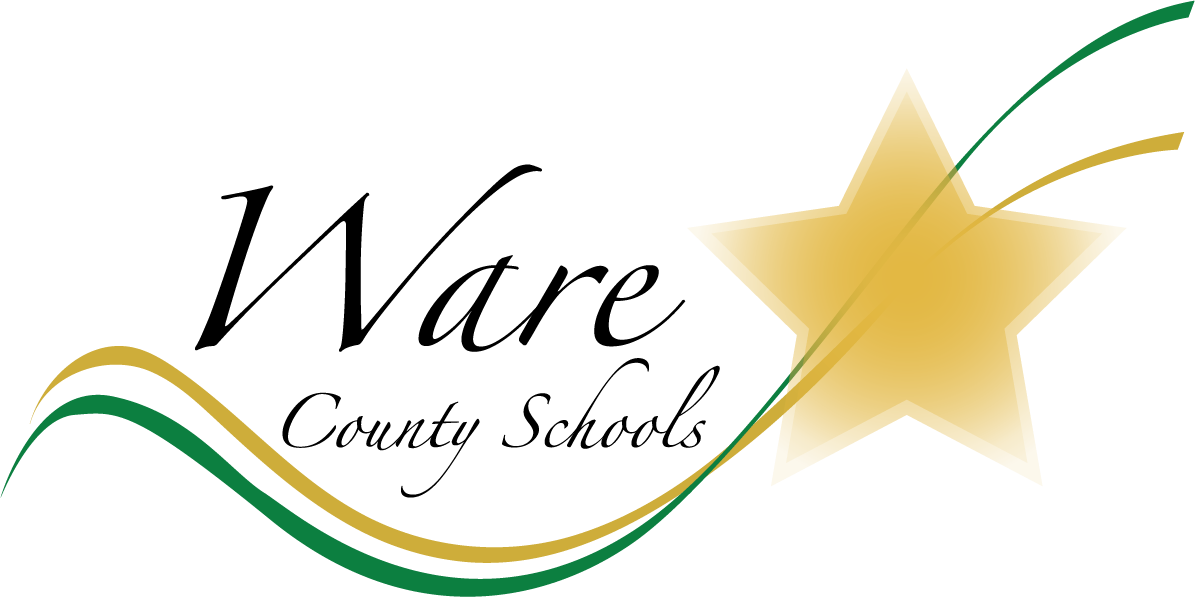Mrs. Chelsea Smith is a true hero to our students. In her role as an Occupational Therapist in our schools, she teaches students everyday living skills. She helps students who have physical, sensory, or cognitive disabilities do everyday things like eating, putting on shoes and socks, focusing on learning, writing, and playing with toys and with other students. Mrs. Smith enriches our students' lives and we are so thankful that she is ours.
Continuing with our focus on Exceptional Children Week, Mrs. Smith has written a guide for parents on Occupational Therapy they can do at home over the summer.
Tips from Occupational Therapy for Home:
Transitioning- Moving from one activity to another for some children is not always a manageable task. While you may not understand why your child does not respond positively to a new schedule/new environment, there are ways to make transitions less challenging. Here are a few tips and tricks to help transitions go more smoothly:
○ Use of “first/then” language. “First, finish your meal. Then, we will take a bath.”
○ Use a visual schedule/visual timers.
○ Use a transition object (an object that fits the setting, and/or a favorite toy).
○ Avoid open-ended questions
○ Be consistent
Toilet Training- Consistency, routine, and many of the strategies used for transitioning can help with this task too. Some signs of being ready to toilet train are a child knowing where items “belong” and being able to assist with putting things back in their place, remaining dry for periods of two hours at a time, and being upset when they are wet or soiled. Once a child is showing signs of readiness for toileting, it is usually best to switch to underwear at all times. This may take a while, so have patience!
○ Make a calendar to show a “day” that pull-ups/diapers will go away. Talk about the calendar and cross off days every day until the decided upon day is reached.
○ On the designated day, have the child participate in throwing away pull-ups/diapers to signify the transition to underwear.
○ If your child is not fully ready to toilet train, here are some things you can work on until they are ready:
-Try to change pull-ups in the bathroom and have the child “practice” sitting on the toilet.
-Encourage the child to assist with managing their clothing during toileting. (For example, have them help pull pants up or down in the bathroom. Add more steps for them to assist with as they accomplish steps)
-Use a picture task analysis. (A picture for each step of the process. You can also use this when children are ready to start toilet training.)
Mealtime tips-
○ Establish a predictable mealtime routine to help your child understand what is expected.
○ Keep distractions at mealtimes to a minimum.
○ Use appropriately sized utensils. (Ex: Use toddler size utensils for little hands.)
○ Use spoons or forks for play. (Ex: Scoop items in a sensory bin or during bath time with a spoon. Spear playdough with a fork.)
○ Try to introduce non-preferred foods with preferred foods.
Oral Hygiene-
○ Make brushing apart of your morning/nighttime routine
○ Use a visual task analysis for each step to show areas of the mouth that need to be brushed. (A picture for each step of the process.)
○ If your child resists brushing their teeth, try using a vibrating toothbrush.
○ If your child resists brushing their teeth, allow time for your child to explore with a toothbrush at other times of the day to get used to the brush. (Ex. While watching TV.)
○ Practice on dolls or other toys.

